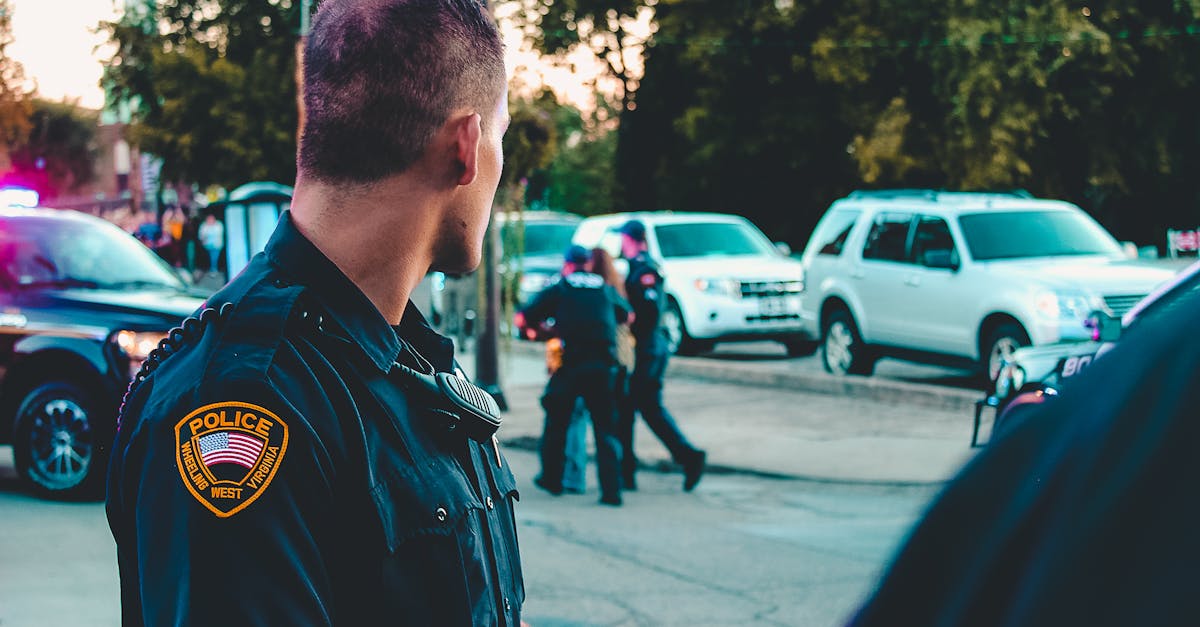
In the realm of crime information, understanding the impact of local communities on crime rates is essential for developing effective law enforcement strategies. While traditional neighborhoods often come to mind, unconventional communities also play a significant role in shaping the crime landscape. One such community worth examining is Saint Johns Legal, where unique dynamics can have both positive and negative effects on crime.
Saint Johns Legal, characterized by its close-knit residents and distinct cultural practices, offers a fascinating case study for exploring the relationship between community dynamics and crime. Contrary to common perceptions, the impact of crime in this unconventional community goes beyond mere statistics and police reports. It delves into the intricate web of social interactions, historical contexts, and legal structures that shape the local crime narrative.
One key aspect of the local crime impact in Saint Johns Legal is the concept of collective responsibility. In tight-knit communities like this, individuals often feel a strong sense of duty towards their neighbors, leading to heightened vigilance and community policing efforts. This can act as a deterrent to potential criminals, as the tight social fabric makes it difficult for illicit activities to go unnoticed.
Conversely, the insular nature of Saint Johns Legal can also give rise to challenges in addressing crime effectively. Close social ties and a reluctance to involve external authorities can sometimes lead to underreporting of criminal incidents or a lack of cooperation with law enforcement investigations. This can create a breeding ground for illegal activities to thrive, undermining community safety and cohesion.
Moreover, the legal framework governing Saint Johns Legal adds another layer of complexity to the local crime impact. Unique legal norms and dispute resolution mechanisms within the community can influence how criminal incidents are handled and offenders are held accountable. Understanding and respecting these legal intricacies is crucial for law enforcement agencies seeking to maintain a delicate balance between upholding the law and respecting community autonomy.
In conclusion, examining the local crime impact in unconventional communities like Saint Johns Legal offers valuable insights into the nuanced dynamics that shape crime prevention and intervention strategies. By recognizing the unique social, cultural, and legal factors at play, law enforcement agencies can tailor their approaches to better address the specific needs and challenges of such communities. Ultimately, fostering positive relationships and open communication between law enforcement and unconventional communities is key to promoting safety and justice for all residents.


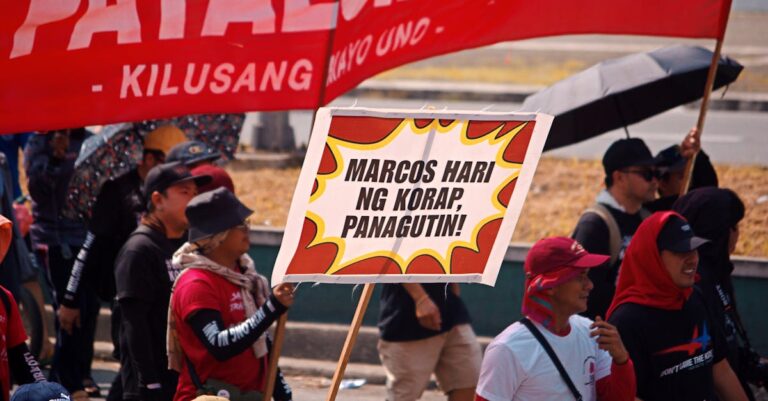
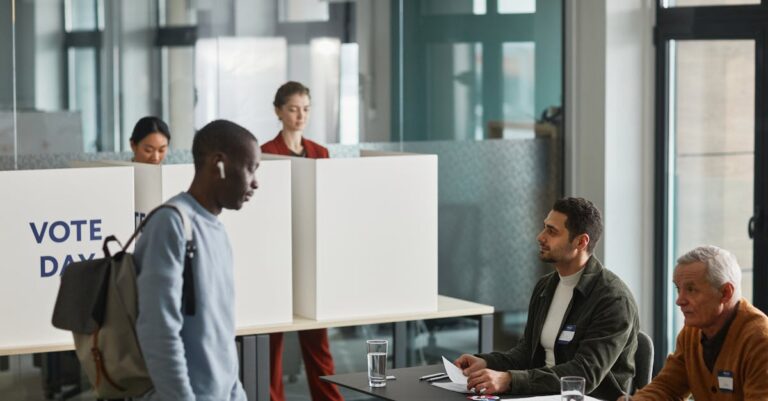

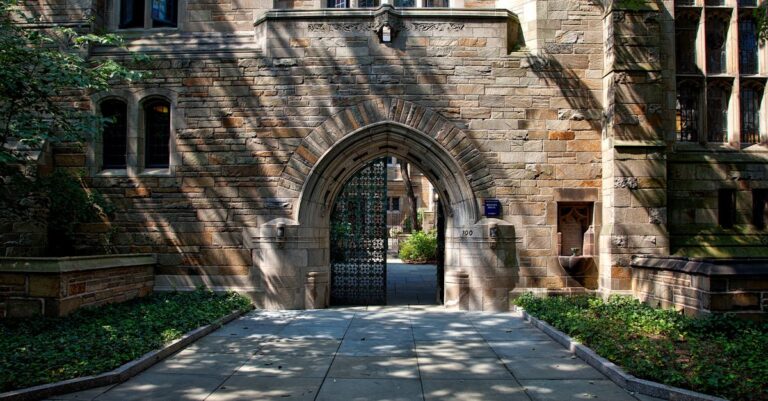
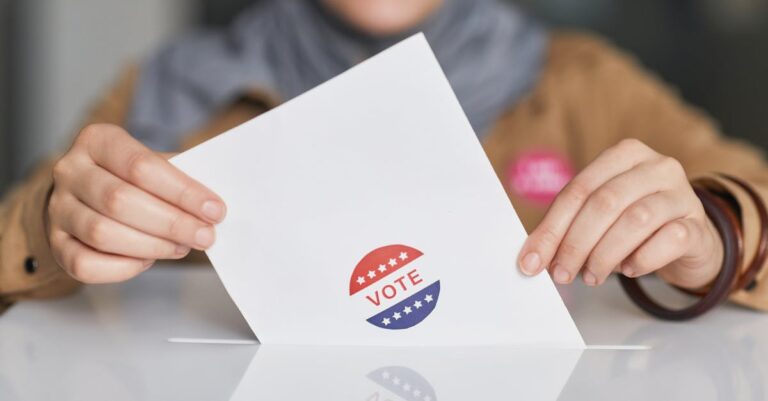

Wow, this blog really makes you think bout how crime affects different communities in different ways! Saint Johns Legal sounds like a cool place to study for crime stuff. Gotta respect people’s unique ways of dealing with crime
law enforcement has ta thing about how they handle crime in different communities. saint johns legal is a place that has its own way of doin’ things. like, the folks there take care of each other and watch out for any bad stuff happenin’. but sometimes they don’t wanna involve the cops ’cause they wanna handle things on their own. so
Wow, this is an interesting read! Communities like Saint Johns Legal really show how crime impacts not just statistics, but also social relationships and legal structures. It’s cool to see how collective responsibility can deter crime, but it’s also tricky when there’s underreporting and lack of cooperation. The unique legal norms in Saint Johns Legal add another layer of complexity too. Understanding these dynamics is crucial for law enforcement. Overall, this article shows how important it is
WELL I GOTTA SAY I DON’T LIKE WHAT I’M HEARING ABOUT THIS SAINT JOHNS LEGAL PLACE. LIKE, IF THEY GOT A BUNCH OF CRIME GOIN’ ON BUT THEY’RE TOO SCARED TO SAY ANYTHING, HOW CAN THEY EXPECT ANYTHING TO GET BETTER? SOMETIMES YOU JUST GOTTA SPEAK UP, Y’KNOW? AND WHAT’S WITH THEIR “UNIQUE LEGAL NORMS”? LAWS ARE LAWS, AIN’T THEY? BUT I GUESS IF THEY WANNA DO THINGS DIFFERENT, THAT’S ON THEM. IT’S
sad blog comment: omg this is so sad, crime is like everywhere and it’s sad to think about all the bad things that can happen in a community. we need to like, come together and make things better for everyone. it’s like a big puzzle, everyone has to fit together to make things work. i hope one day we can all be safe and happy. crime is such a bummer.
i think it’s so cool to see how different communities can have such a big impact on crime rates. like, i never really thought about how unique places like Saint Johns Legal could play a role in shaping crime dynamics. it’s
This makes me thinks about how sometimes the places we thinks are safest can actually have the most problems. Like, you never knows what’s really going on behind closed doors, you know? It’s like, even in a community where everyone knows each other, there can still be bad things happening. And then there’s the whole thing about not wanting to involves the police, which just makes everything worse. It’s like, how can we makes things better if we’re not all working together? This article really makes
Ugh, why are we wasting time talking about some random community
Ugh, why do we always have to dive into these deep analyses of crime impact in random communities like Saint Johns Legal? Can’t we just stick to the basics and focus on what we already know works? Sometimes all this fancy talk about social interactions and legal structures just
Wow, so we’re talking about some super fancy community dynamics and crime stuff, huh? I mean, who knew Saint Johns Legal was going to be
Wow, this is deep stuff! I never thought about how unique communities like Saint Johns Legal could have such a big impact on crime. It’s like a whole different world out there with its own rules and ways of doing things. The part about collective responsibility really got me thinking – it’s so cool how people in tight-knit communities look out for each other. But then again, I can see how it might
Wow, this is really interesting stuff! I think it’s super important for the police people to really understand these different kinds of communities, like this Saint Johns Legal place, so they know how
Wow, this blog post really opened my eyes to how different communities can impact crime rates in unique ways. I never really thought about how unconventional communities like Saint Johns Legal could have such a complex relationship with crime and law enforcement. It’s interesting to see how the close-knit nature of the residents can lead to increased vigilance and community
Wow, this blog post is really interesting! It’s important to think about how different communities can have an impact on crime rates. Like, even small neighborhoods can play a big role, you know? But
Oh boy, Saint Johns Legal sounds like a real hoot! I mean, who knew a
Hey, this blog post really gets ya thinkin’ about how
Yo, this is some deep stuff right here! Understanding how local communities affect crime rates is super important for cops to do their job right.
Y’all talking about crime and communities and whatnot, but let me tell ya, Saint Johns Legal ain’t all rainbows and sunshine! These folks
Ugh, why do we even have to talk about all this fancy crime stuff? Like who even cares about community dynamics and legal structures and all that jazz? Can’t we just catch the bad guys and be done with it? I mean, I guess it’s kinda interesting to see how different communities handle
WOWOW! stuff about crime and this Saint Johns Legal place sounds like a wild ride! communities and crime rates and all that jazz, man, it’s all so interconnected ya know! It’s like a big ol’ puzzle where one piece affects the others. And this place, Saint Johns Legal, I mean, what even is that?! They got their own
Wow, Saint Johns Legal sounds like a real-life episode of Law & Order: Special Community Unit! I wonder if they have
WOW, this is some really interesting information! It’s super cool to see how different communities like Saint Johns Legal can have such a big impact on crime stuff. It’s like, you never know what’s really going on behind the scenes, right? And like, the whole idea of collective responsibility and community policing
This is so dumb! Why are we even talking about some Saint Johns Legal community when there are real crimes happening every day in regular neighborhoods? Who even cares about some “distinct cultural practices” when people are out here getting robbed and hurt?
Wow, this is so interesting to read about Saint Johns Legal and how their community dynamics can affect crime rates
Wow, Saint Johns Legal sounds like a real hotbed of excitement and intrigue! Who knew that a neighborhood could be so complex and full of drama? Kudos to the residents for their strong sense of duty towards their neighbors – maybe they should start a neighborhood watch reality show! Just imagine the ratings on that one. But hey, at least the close-knit community makes it hard